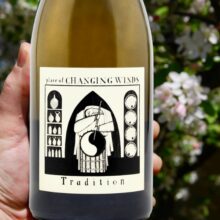
Product information
Place of Changing Winds ‘Tradition’ White 2022
$91
Description
“So the wine is two thirds a marsanne and roussanne blend and the rest a considered portion of chardonnay. Fancy oak, as is often the way of POCW, is also applied. I loved this from hello. Texture, weight, a slice of fresh cut, just ripe stone fruit acidity, a fuzz to the overall feel with some dollops of nougat amongst it all. Fragrant, full flavoured yet refreshing, a saline trill that speaks of minerality. It’s a cuddly wine with enough zestiness to refresh with each sip. Delicious drinking ensues.”
MB 94 Points HH 95 CM 93+
Only 2 left in stock



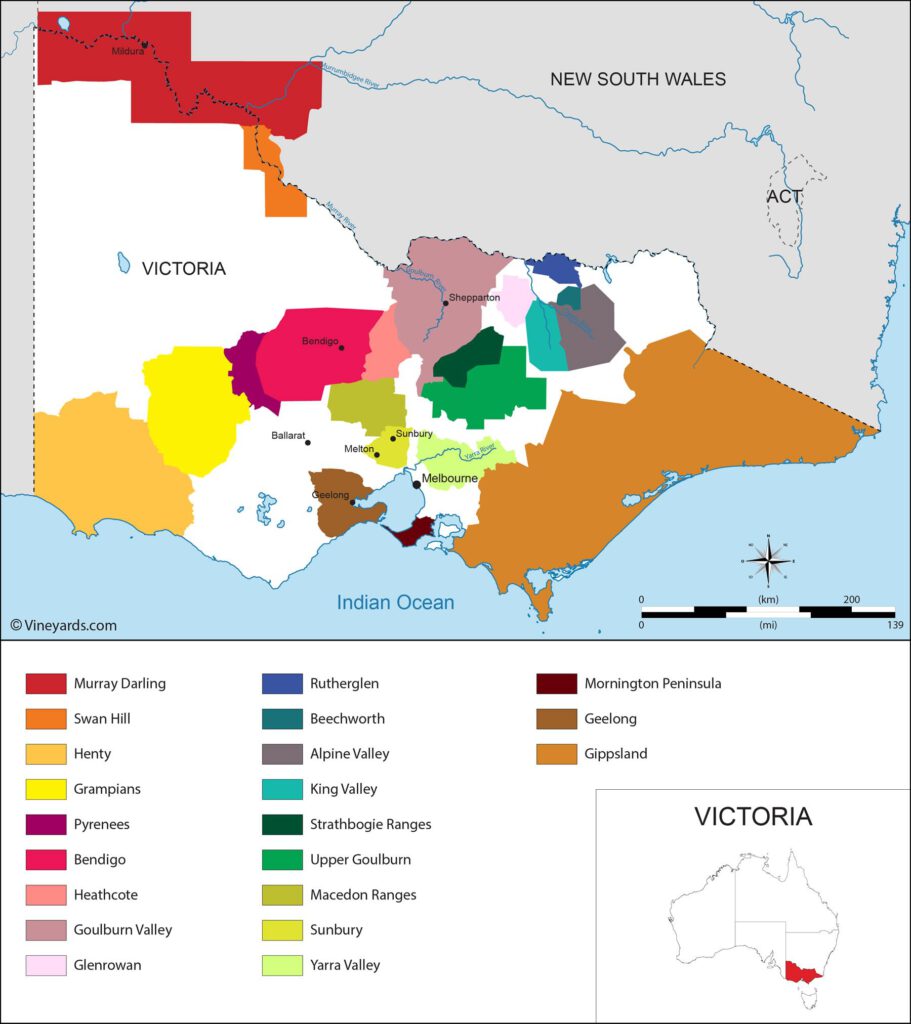
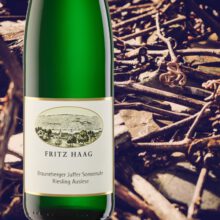
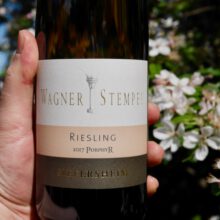

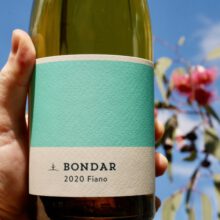
You must be logged in to post a comment.